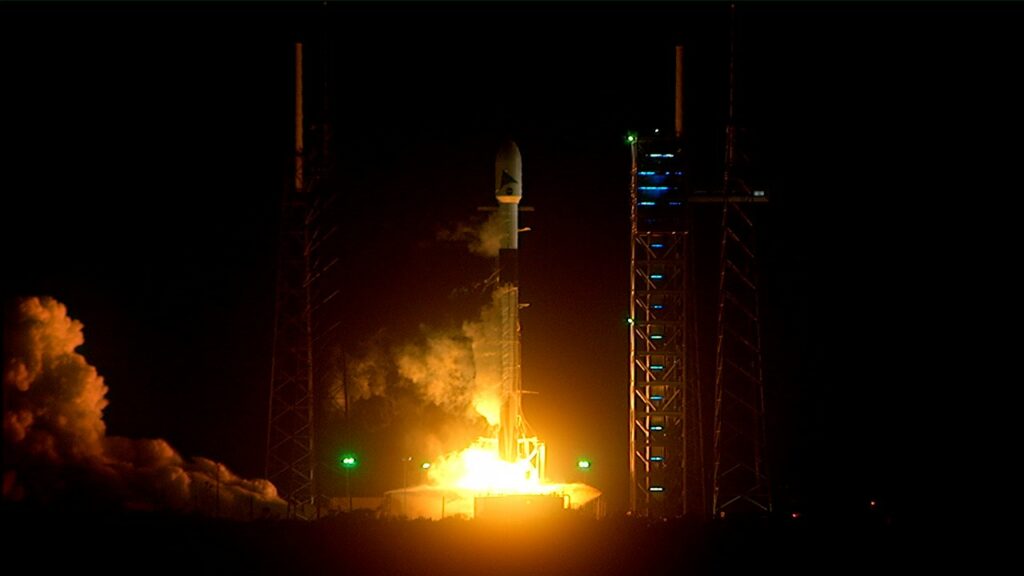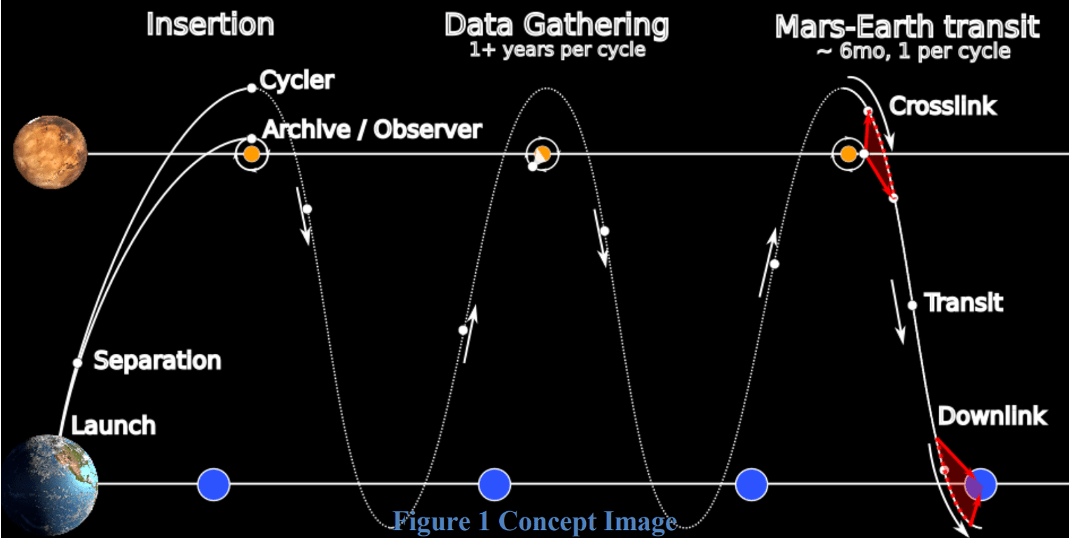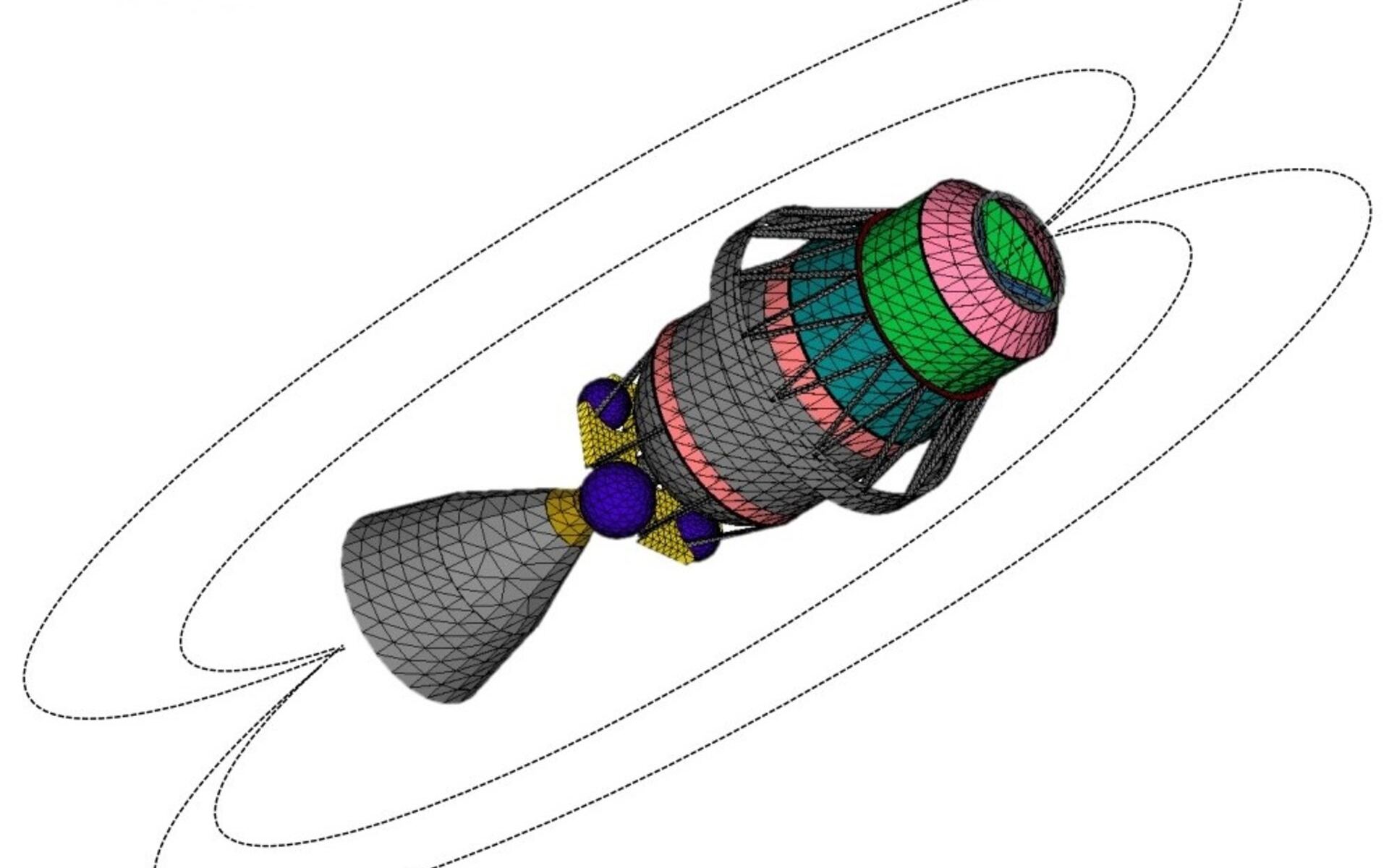NASA’s Plankton, Aerosol, Climate, ocean Ecosystem (PACE) satellite successfully launched and reached on Thursday, February 10th. The mission took off from Space Launch Complex 40 at Cape Canaveral Space Force Station in Florida, at 1:33 am EST 10:33 pm (PST) atop a SpaceX Falcon 9 rocket. About five minutes after launch, NASA confirmed that ground stations on Earth had acquired a signal from the satellite and were receiving data on its operational status and capabilities post-launch. For the next three years, the mission will monitor Earth’s ocean and atmosphere and study the effects of climate change.
Continue reading “NASA Launches a New Mission to Study the Effects of Climate Change”This Alien Landscape is Actually a Microscopic View of an Atomic Clock
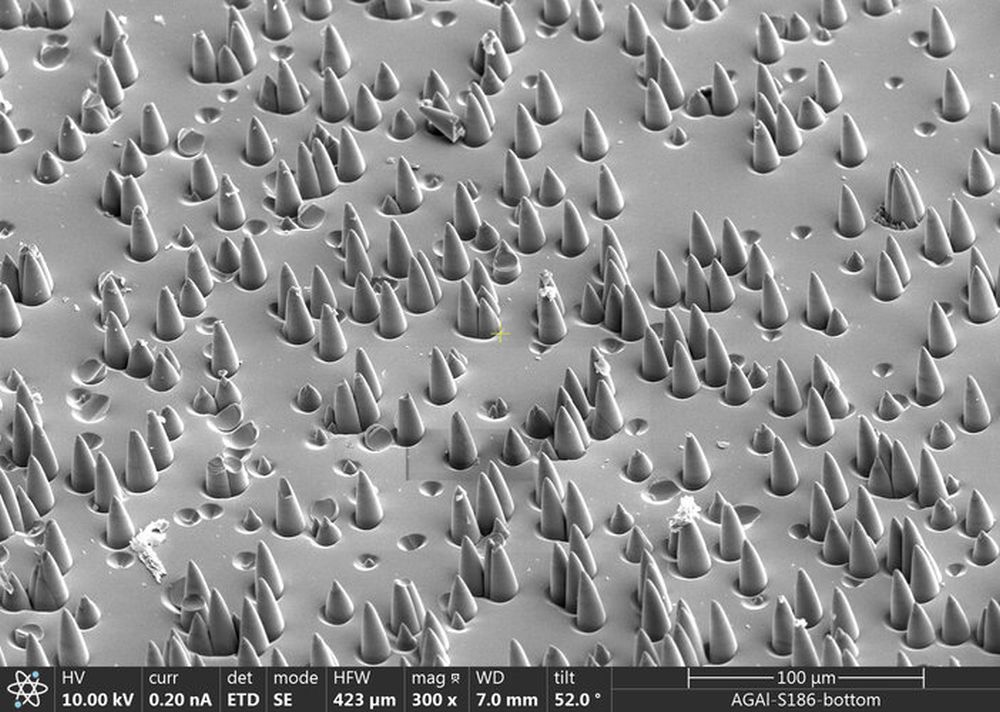
Navigation satellites couldn’t accomplish anything without extremely accurate clocks. But a regular clock won’t do. Only atomic clocks are accurate enough, and that’s because they tell time with electrons.
Those atomic clocks wear out over time, and that’s what the image shows.
Continue reading “This Alien Landscape is Actually a Microscopic View of an Atomic Clock”Satellite Data Shows US East Coast is Sinking
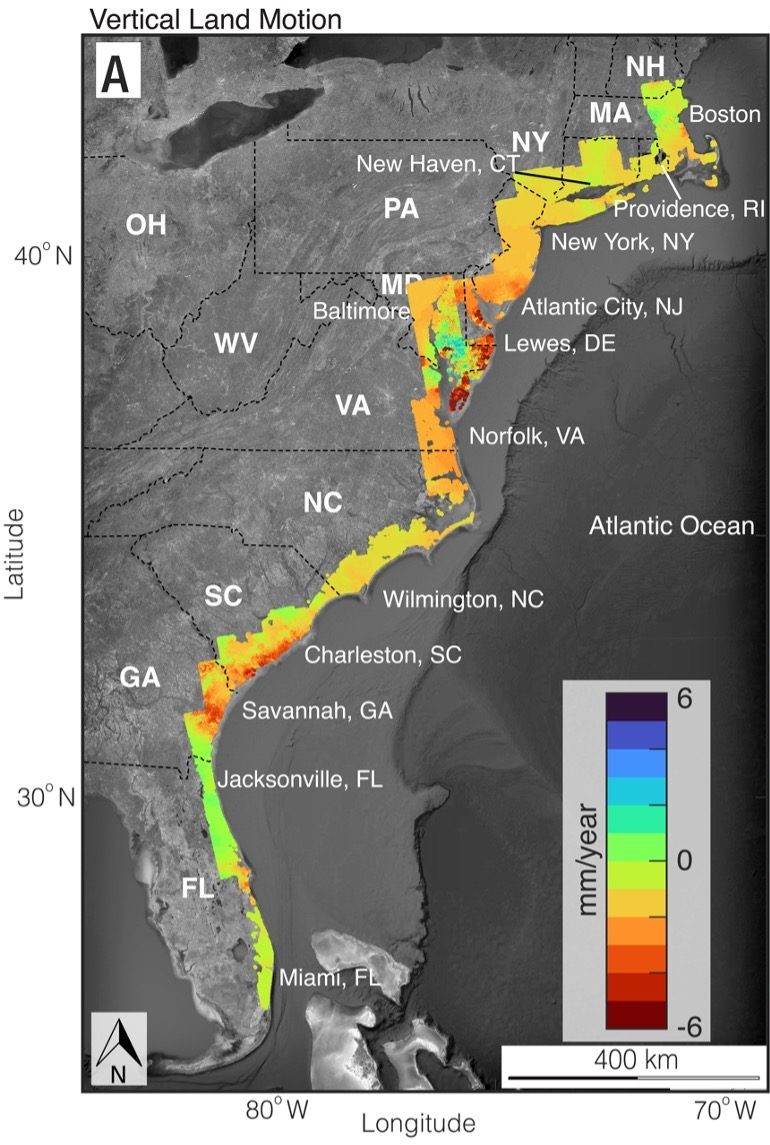
Based on satellite imagery, geologists have determined major cities on the U.S. Atlantic coast are sinking, some areas as much as 2 to 5 millimeters (.08-0.2 inches) per year. Called subsidence, this sinking of land is happening at a faster rate than was estimated just a year ago. In a new paper published in the Proceedings of the National Academies of Sciences, researchers say their analysis has far-reaching implications for community and infrastructure resilience planning, particularly for roadways, airport runways, building foundations, rail lines, and pipelines.
Continue reading “Satellite Data Shows US East Coast is Sinking”Japan’s New X-Ray Observatory Sees First Light
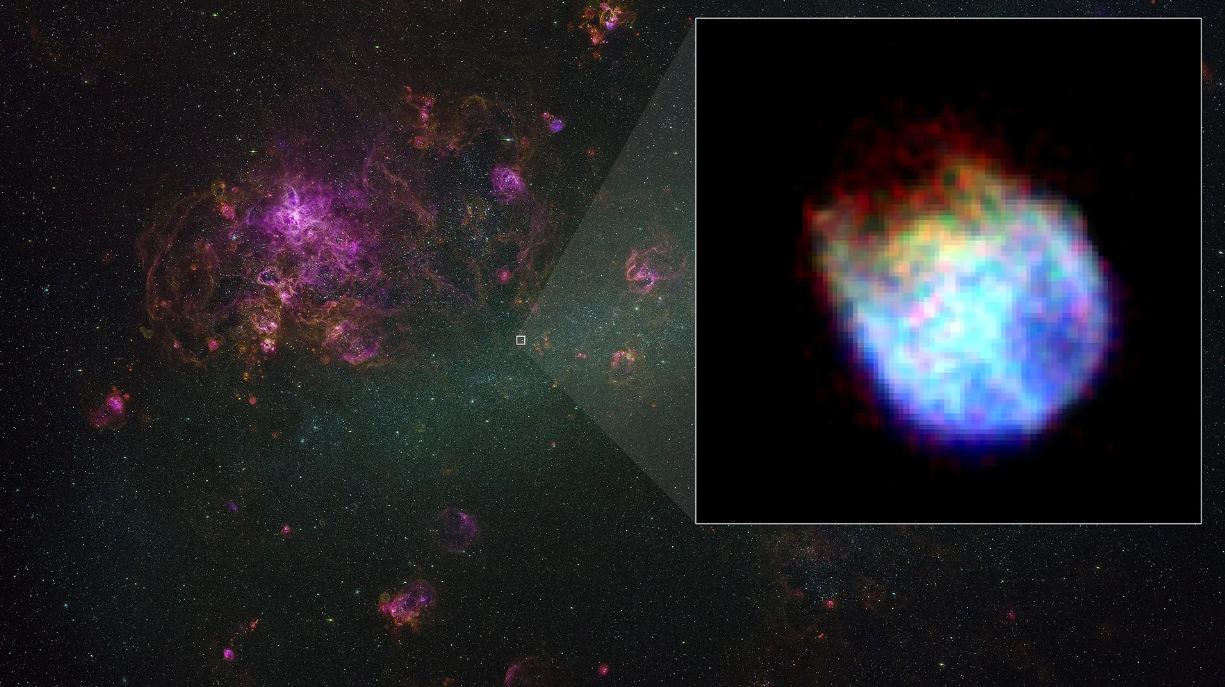
XRISM, the X-ray Imaging and Spectroscopy Mission, is a joint NASA/JAXA mission led by JAXA. The X-ray space telescope began its mission in low-Earth orbit on September 6th, 2023. Science operations won’t begin until later this year, but the satellite’s science team has released some of the telescope’s first images.
Continue reading “Japan’s New X-Ray Observatory Sees First Light”Millions of Satellites Could Have a Profound Effect on the Earth’s Ionosphere
Hardly a day goes by where a story hits the headlines about our abuse of the Earth’s precious environment be that the atmosphere or the oceans, forests or desert. When it comes to the atmosphere we all tend to immediately turn our attention to pollution, to gasses being released and disturbing the delicate balance. Yet a paper recently published points to a new demon, megaconstellations of satellites damaging the ionosphere – the ionised part of the upper atmosphere.
Continue reading “Millions of Satellites Could Have a Profound Effect on the Earth’s Ionosphere”After Stalling Out for 40 Years, the Largest Iceberg in the World is on the Move
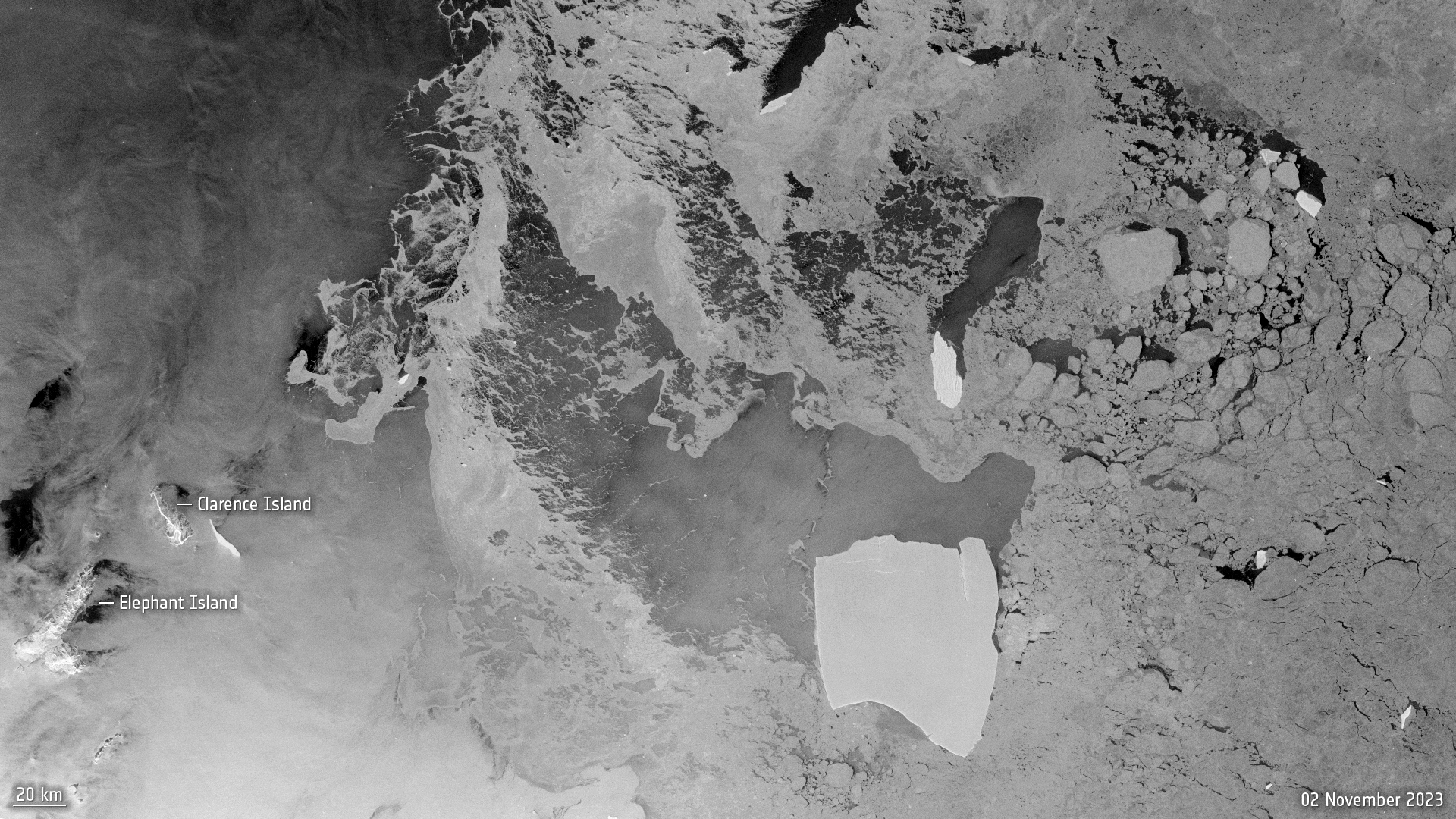
In 1986, a gigantic iceberg separated from the Fichner-Ronne ice shelf in West Antarctica. It was so big that it became grounded, stuck to the seafloor, and remained in position for 40 years. Finally, it has now been pushed off the seafloor and has begun drifting in the Weddell Sea to a region in the South Atlantic called Iceberg Alley. Designated A23a, this monster berg measures 4000 sq km (1,500 square miles) and is about 400 meters (1,300 feet) thick – the world’s largest.
Continue reading “After Stalling Out for 40 Years, the Largest Iceberg in the World is on the Move”Not Getting Enough Data From Mars? Set Up A Solar System Pony Express
Getting data in from deep space can be difficult. Almost all of our missions that have flown into deep space use the Deep Space Network, a system of transmitters and receivers that already imposes constraints on the amount of data we can transfer from the far reaches of space. So a team led by Joshua Vander Hook, then at NASA’s Jet Propulsion Laboratory and now at a start-up called Outrider.ai, came up with a way to dramatically enhance the throughput of the DSN. In so doing, they gave it a very catchy name – the Solar System Pony Express.
Continue reading “Not Getting Enough Data From Mars? Set Up A Solar System Pony Express”Simulating a Piece of Space Junk
When a spacecraft dies, it loses the ability to maintain its direction in space. Additionally, as the spacecraft’s orbit begins to decay, the thin atmosphere interacts with the spacecraft, causing it to tumble unpredictably. ESA’s Clean Space Initiative hopes to remove the most hazardous space debris. This means capturing dead satellites that are in a death spiral. To help begin the project Researchers observed over 20 objects in space over two year and then recreated their spin to develop plans to retrieve them.
Retrieving a tumbling spacecraft will require a brave robot to take on the task!
Continue reading “Simulating a Piece of Space Junk”Need to Map an Iceberg in a Hundredth of a Second? Ask a Computer
Satellites really are quite a wonder. They can help forecast the weather, track climate change and help you navigate around the world. There are even satellites that can not only track icebergs but can map the Antarctic in the merest blink of an eye. In fact, faster than that since a typical blink takes about 0.2 seconds but the Sentinel-1 satellites can map icebergs in just 0.01 seconds, that’s 20 times for every blink of an eye!
Continue reading “Need to Map an Iceberg in a Hundredth of a Second? Ask a Computer”ESA Plans to Eliminate New Space Debris by 2030
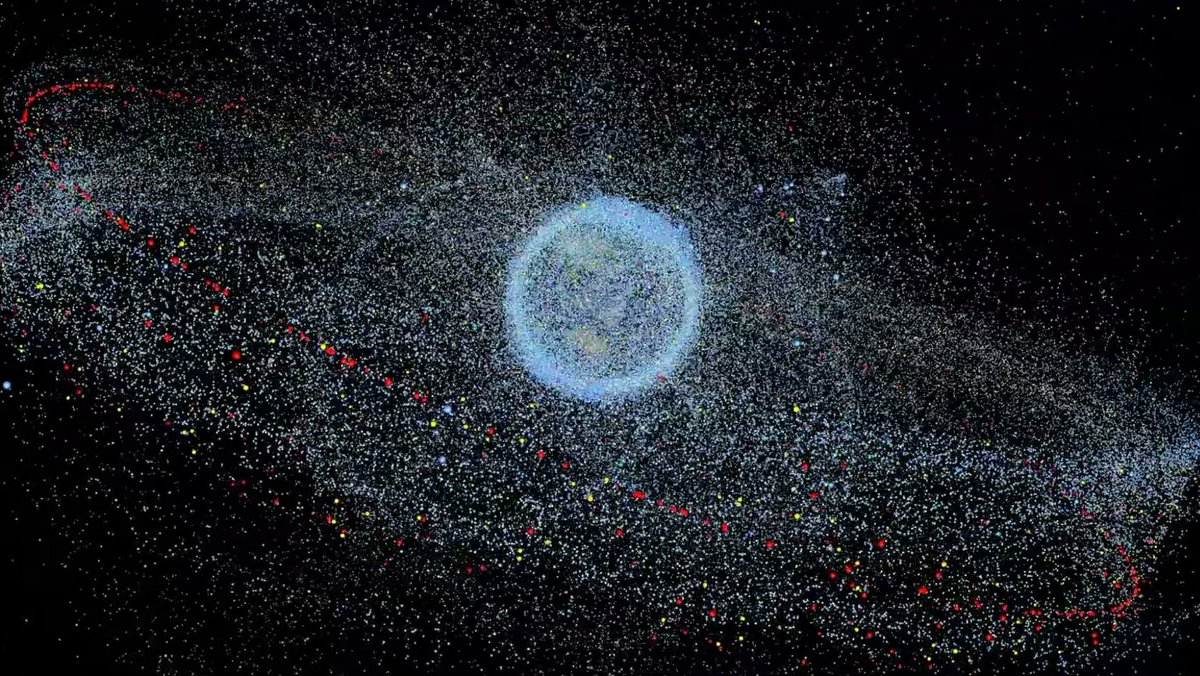
What can we do about space junk? We know how much debris is in orbit, and we know the problem is getting worse. It’s our fault.
Our Earth now has a halo of orbital debris, and the ESA has a plan to stop contributing to the problem.
Continue reading “ESA Plans to Eliminate New Space Debris by 2030”
